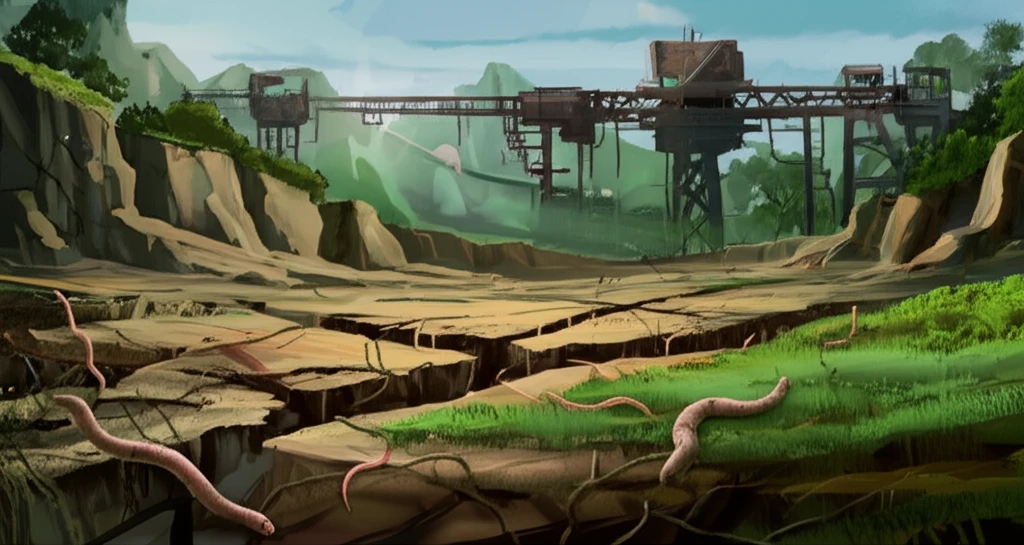
Soil SOS: How 'Technosols' Can Rescue Our Degraded Lands
"Discover how scientists are using innovative artificial soils to revitalize industrial wastelands, making way for biodiversity and a healthier planet."
Our planet is facing a growing crisis: soil degradation. Human activities are putting immense pressure on our soils, leading to widespread environmental problems. In Europe, this has become a critical issue, demanding innovative solutions to restore and protect this vital resource.
Enter Technosols: artificial soils constructed from treated soil and recycled waste. This approach offers a promising way to restore degraded or polluted land, while also finding a beneficial use for industrial waste materials. Imagine transforming barren industrial sites into thriving ecosystems – that's the potential of Technosols.
While Technosols are showing great promise in supporting plant life, there's a crucial piece of the puzzle we need to understand better: the role of soil biota. How do these artificial soils get colonized by the tiny organisms that are essential for a healthy, functioning ecosystem? A recent study investigated this question, focusing on the development of nematode communities in Technosols.
What Are Technosols and Why Should You Care?

Technosols are essentially human-made soils, carefully engineered from a mix of materials, often including treated soil, compost, and various recycled wastes. Think of them as custom soil blends designed to address specific environmental challenges. Their construction is a deliberate act of ecological engineering, aiming to kick-start the recovery of damaged landscapes.
- Waste Recycling: Technosols offer a productive outlet for recycling industrial byproducts and treated wastes, reducing landfill burden and promoting a circular economy.
- Land Restoration: They provide a means to revitalize land degraded by industrial activity, paving the way for ecological recovery and renewed biodiversity.
- Ecosystem Services: Beyond plant growth, Technosols can provide essential ecosystem services like nutrient cycling, water filtration, and carbon sequestration.
The Future of Technosols: A Path Towards Greener Landscapes
The research highlights the importance of understanding soil biota in Technosol development. The rapid colonization and diversification of nematode communities in the Technosols studied suggests that these artificial soils can indeed become thriving ecosystems. The high organic matter content, particularly in the upper layers, appears to be a key factor in supporting nematode colonization and driving biodiversity. As we seek sustainable solutions for land restoration, Technosols offer a promising avenue, turning environmental liabilities into potential assets for a greener future.
